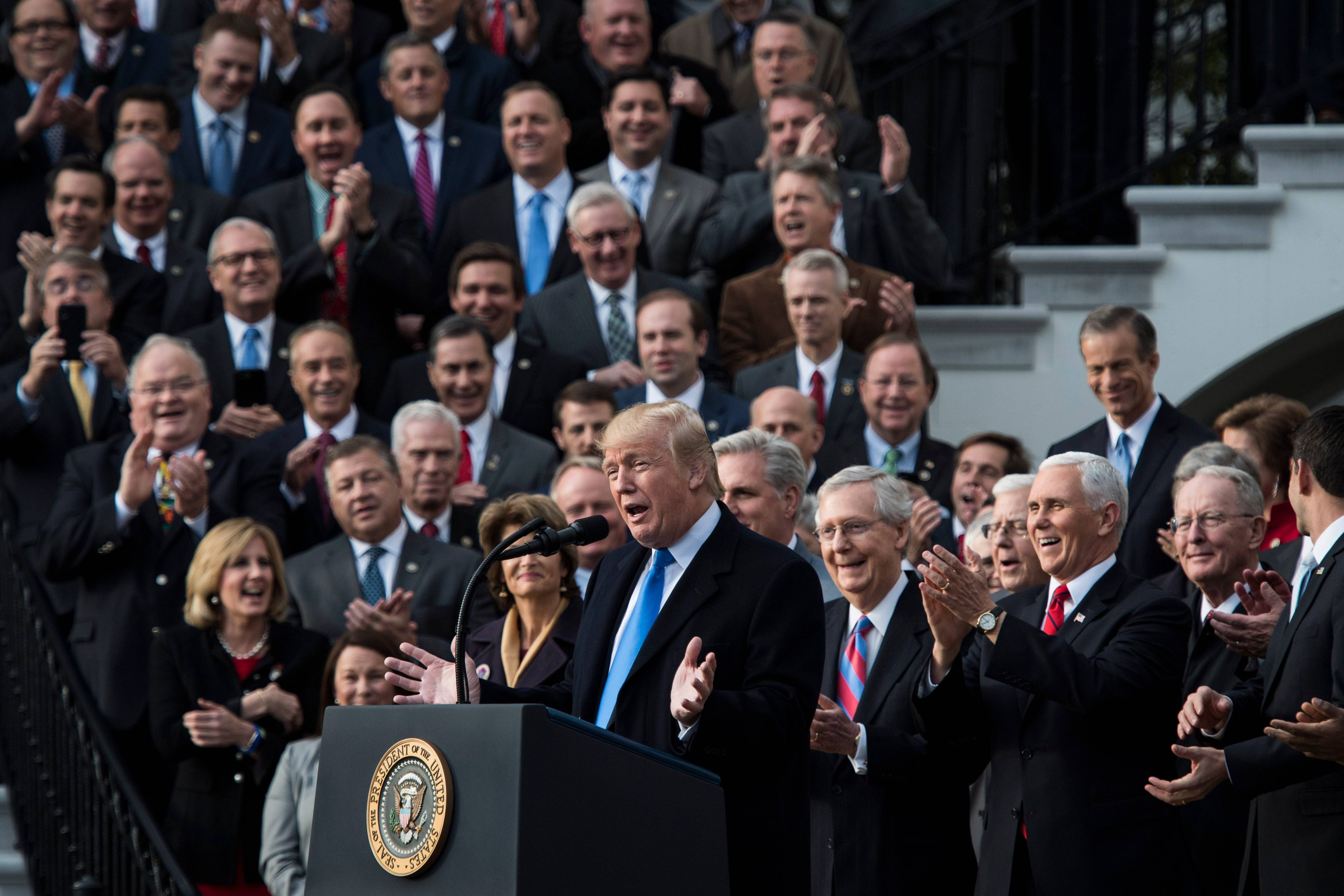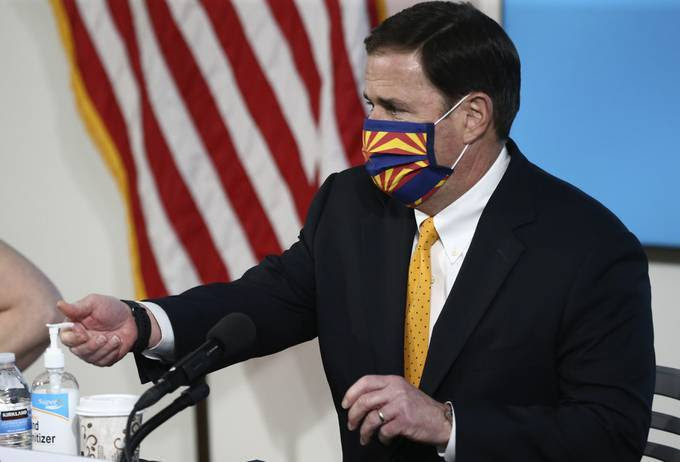Daily updates on the emerging novel coronavirus pandemic from the Johns Hopkins Center for Health Security.
The Center for Health Security is analyzing and providing updates on the emerging novel coronavirus. If you would like to receive these daily updates, please subscribe below and select COVID-19. Additional resources are also available on our website.
|
|
June 26, 2020
EPI UPDATE The WHO COVID-19 Situation Report for June 25 reports 9.30 million cases (167,056 new) and 479,133 deaths (5,336 new). This is the third highest global daily incidence to date, continuing on pace to reach 10 million cumulative cases by the middle of next week. The global deaths could reach 500,000 by the middle of next week as well. The global daily incidence continues to increase, and the pandemic is again growing exponentially.
India reported 17,296 new cases, setting a new high daily incidence for the third consecutive day. India’s daily incidence has increased by more than 70% since June 11, and its epidemic continues to accelerate. India is currently #3 in terms of daily incidence. Pakistan appears to have passed its first peak—6,825 new cases on June 13—and its daily incidence has decreased by nearly 60% since then, down to 2,775 new cases yesterday (its lowest daily total since May 29). Pakistan fell to #10 globally in terms of daily incidence. Following several days of slightly lower daily incidence, Bangladesh reported its second and third highest daily totals over the past 2 days, 3,946 and 3,868 new cases, respectively. Notably, Bangladesh’s test positivity continues to hold steady at slightly greater than 20%, which is considerably higher than the WHO’s 5% benchmark for relaxing social distancing measures. Bangladesh remains at #9 globally in terms of daily incidence.
Brazil reported 39,483 new cases. Brazil has reported its second, third, and fourth highest daily totals over the past 3 days. The only higher daily incidence was reported on June 19, which was elevated due to reporting delays from the previous day. It appears that Brazil’s epidemic continues to accelerate. Brazil is currently #1 globally in terms of daily incidence, but the US daily COVID-19 incidence is increasing rapidly as well. Mexico reported 5,943 new cases, recording its highest daily incidence for the third consecutive day. Mexico continues to report increasing daily incidence and remains #5 globally. Broadly, the Central and South American regions are still a major COVID-19 hotspot. Including Brazil and Mexico, the region represents 6 of the top 14 countries globally in terms of daily incidence—including Peru (#7) Chile (#8), Colombia (#12), and Argentina (#14)—and 5 of the top 15 in terms of per capita daily incidence—Chile (#5), Brazil (#7), Panama (#8), Peru (#10), and Bolivia (#15).
Iran reported 2,628 new cases, holding relatively consistent with other recent reports. Since its second peak on June 5, Iran has reported approximately 2,300-2,500 new cases per day. Iran remains #13 globally in terms of daily incidence. Overall, the Eastern Mediterranean Region remains a global hotspot, representing 5 of the top 13 countries in terms of per capita incidence: Qatar (#1), Bahrain (#2), Oman (#4), Kuwait (#6), and Saudi Arabia (#13). Additionally, nearby Armenia is #3. The region also includes several notable countries in terms of total daily incidence. In addition to Iran and Pakistan, Saudi Arabia is #11, and several other countries in the region are reporting more than 1,000 new cases per day.
A number of countries in Africa are reporting substantial increases in COVID-19 incidence as well. In terms of biweekly growth rate—the relative change between the number of cases reported over the past 2 weeks and the 2 weeks prior to that—at least 21 countries are reporting a 50% or more increase, including 14 countries reporting more than a 100% increase. Many of these countries are currently reporting relatively low incidence, so even small absolute changes in daily incidence can be large proportionate changes. A number of the countries discussed above—including multiple countries in the Eastern Europe, Eastern European, and Central and South American regions—are reporting large relative increases as well. Additionally, Africa’s relative contribution to the daily global incidence continues to increase. Africa now represents approximately 6-7% of the global daily total, nearly equal to Europe (8-10%). South Africa is among the top countries globally in terms of both per capita (#12) and total daily incidence (#6).
UNITED STATES
The US CDC reported 2.37 million total cases (37,667 new) and 121,809 deaths (692 new). This is the United States’ second highest daily incidence to date. The US record was reported on April 7 (43,438 new cases), which may have been elevated as a result of reporting delays over the Easter holiday weekend. The CDC has reported more than 25,000 new cases for 7 consecutive days, and 8 out of the last 9 days. Prior to that, the national daily incidence exceeded 25,000 cases only 3 times between June 1 and June 15. In total, 18 states (no change) and New York City reported more than 40,000 total cases, including New York City with more than 200,000; California and New York state with more than 175,000; New Jersey with more than 150,000; and Illinois and Texas more than 125,000. Following an overall decrease in daily incidence from mid-April through the end of May, the United States’ national COVID-19 incidence is clearly increasing.
The New York Times reported that the national daily incidence (weekly average; based on state-level reporting) set a new record this week, surpassing the first peak in April with no sign of slowing. As testing increases in the United States, and elsewhere, we expect to detect more cases; however, it does not appear that the increased testing in the United States wholly accounts for increased incidence. While the test positivity in the United States decreased from mid-April through mid-June, the decrease reached an inflection point in mid-May and has been increasing since early June. This indicates that community transmission is outpacing testing capacity. The COVID Tracking Project published an excellent overview of the relationship between testing and reported incidence in the context of the current surge in US COVID-19 incidence. Notably, 3 states—Florida, Kentucky, and South Carolina—reported increased COVID-19 incidence compared to the previous week while also reporting decreased testing. Additionally, the COVID Exit Strategy dashboard, which analyzes state-level conditions based on the White House strategy gating criteria, finds that 33 states are “trending poorly,” based on trends in COVID-19 incidence, hospitalizations, and testing.
Notably, Arizona is currently reporting higher per capita incidence than Brazil or any European country at the height of its epidemic. Additionally, Maricopa County, home to Phoenix, is reporting higher incidence than New York City boroughs, “even on their worst days.” In addition to COVID-19 incidence, Arizona reported a record high on June 24 for both hospitalized COVID-19 patients (2,453) and COVID-19 patients on mechanical ventilators (415). Arizona is also currently reporting test positivity of 20%, which has steadily increased from 5% for the week of May 10.
New Jersey reported probable COVID-19 deaths for the first time since the onset of the pandemic, following a retrospective review of death certificates and other clinical information. The state reported a total of 1,854 probable deaths, and it will continue to report probable deaths weekly moving forward. These deaths are not yet included in the CDC data, but they should be soon.
EUROPE TRAVEL RESTRICTIONS The current EU COVID-19 travel policy is set to expire on June 30, and efforts are ongoing to determine how European countries will permit travelers from outside the continent. Multiple media outlets are reporting that the new plan may permit international travelers from some countries but restrict those from countries that are exhibiting concerning COVID-19 trends. Reportedly, multiple draft lists of countries facing restrictions include Brazil, Russia, and the United States, among others. Earlier in the pandemic, the United States imposed travel restrictions for European countries, but the recent surge in US COVID-19 incidence may be giving EU countries pause with respect to welcoming American travelers. It is unclear when the new policy will be made public; however, it is likely that an announcement will be made in the coming days, considering that the current policy expires next week.
MEXICO While Mexico has not received the same level of attention as other countries in the Americas, including Brazil and the United States, its recent increased incidence is a major cause for concern, particularly considering Mexico’s role as a travel and trade partner. While the epicenter of Mexico’s epidemic is its capital, Mexico City, every state has experienced increased incidence, ranging from 23% and 63% higher incidence from June 6 to June 21. Mexico’s healthcare system, hindered by resource shortages and an aging infrastructure, has struggled to support a large population with underlying health conditions that elevate individuals’ risk of severe COVID-19 disease and death, such as diabetes and hypertension. Mexico initially resisted implementing large-scale social distancing restrictions or recommending widespread use of face masks.
Additionally, broad mistrust in the government drove many to ignore recommended protective measures when they were eventually implemented. At one of the region’s largest food markets, the Central de Abasto market in Mexico City, a major COVID-19 outbreak spread among vendors and customers before the government sent in health workers to check temperatures and offer testing. The market provides the city with approximately 80% of its produce and is also vital for the food supply chain to other Mexican states. Reportedly many vendors did not view COVID-19 as a major threat until cases and deaths began to be reported at the market. Mexican health authorities deployed more than 400 personnel to conduct epidemiological investigations, screen and test vendors and patrons, and promote improved sanitation and hygiene, including the use of hand sanitizer. It is unclear exactly how many cases and deaths are linked to the market outbreak, but one report indicates that more than 500 cases have tested positive and dozens have died. Unlike some affected markets in other countries, the market remained operational during the outbreak. Despite many workers visibly falling ill or dying, others kept working, with many citing financial stress as a major factor in their decision.
US STATE & LOCAL RESPONSE As we noted in the Epi Update section above, and in previous COVID-19 briefings, a number of US states are exhibiting concerning trends in terms of COVID-19 incidence, hospitalizations, and testing. In light of increased transmission, some state and local governments are strengthening social distancing policies and slowing plans to relax existing measures.
North Carolina Governor Roy Cooper issued an executive order pausing the state’s recovery plan in Phase 2 for at least 3 more weeks. The order also institutes statewide mandatory mask use in public where appropriate physical distancing (eg, 6-foot separation) is not possible. The order applies for customers and employees of some businesses as well, including retail stores, restaurants, child care facilities, some government agencies, public transportation, healthcare settings, and agricultural and meat processing facilities. Nevada Governor Steve Sisolak also issued an executive order to mandate mask use, following 4 weeks of increasing COVID-19 incidence. The order applies to adults and adolescents aged 9 years and older while in any public space. Notably, the order does not appear to be limited to situations in which it is difficult to maintain physical distancing, with the exception of outdoor activities such as swimming and exercising.
Texas Governor Gregg Abbott issued an executive order directing hospitals in several counties to postpone elective services and procedures in order to ensure available hospital capacity for COVID-19 patients. Texas is currently exhibiting significant increases in COVID-19 incidence, as well as increasing numbers of hospitalized COVID-19 patients and increasing test positivity, following efforts to relax social distancing measures across the state. The number of hospitalized COVID-19 patients has more than doubled since June 15. The previous executive order issued by Governor Abbott (June 3) moved Texas into Phase 3 of its recovery plan, including increasing the permissible capacity at many restaurants and other businesses from 25% to 50%. Governor Abbott announced yesterday that Texas will suspend further efforts to relax social distancing and remain in Phase 3 while it attempts to contain the current level of community transmission. Furthermore, Governor Abbott issued another executive order earlier today that re-imposed some social distancing restrictions that were recently relaxed. In particular, the order prohibits dine-in service at bars and requires that any outdoor gatherings of 100 or more people receive approval by local governments. This represents a major shift in Texas' approach to COVID-19, particularly considering that it was one of the earliest and most aggressive states in easing statewide social distancing measures
Analysis published by The Philadelphia Inquirer identifies an association between state-level COVID-19 incidence and mandatory mask policies. States that mandate mask use in public reported a 25% decrease in incidence over the past 2 weeks, and states that require mask use by employees and patrons of businesses exhibited a 12% decrease. In contrast, states that only require mask use by employees (but not patrons) reported a 70% increase in COVID-19 incidence, and states with no mandatory mask policy at the state level reported an 84% increase. There are a broad scope of factors beyond mask use that influence COVID-19 incidence, so this is likely not a direct causal relationship. Mandatory mask use could be associated with other state-level social distancing and response policies, however, which could be driving the success of states’ containment and mitigation efforts.
US DOMESTIC TRAVEL ADVISORY The governors of Connecticut, New Jersey, and New York announced a joint travel advisory that will require travelers from states with high SARS-CoV-2 transmission to quarantine upon their arrival. The policy will mandate a 14-day quarantine for anyone arriving in the tri-state area who has recently been in any state with a test positivity greater than 10% or with COVID-19 incidence greater than 10 new cases per 100,000 population—both based on a rolling 7-day average. At the time of the announcement, the policy would apply to 8 states—Alabama, Arkansas, Arizona, Florida, North Carolina, South Carolina, Utah, and Texas. The 14-day period will be measured from the last date the individual was in any of the affected states. These 3 states were among those hit the hardest early in the US COVID-19 epidemic, but they were able to bring their respective epidemics under control and maintain relatively low levels of transmission. They are concerned that travel from areas of high transmission could ignite local outbreaks. Previously, several states imposed restrictions on travelers from the tri-state area, including Florida and neighboring Rhode Island .
SCALE OF US EPIDEMIC During yesterday’s US CDC COVID-19 telebriefing, CDC Director Dr. Robert Redfield commented that the United States has likely only detected about 10% of the total SARS-CoV-2 infections nationally. Based on recent serological studies, CDC officials believe that testing capacity and strategies are only detecting 1 out of every 10 infections and that 5-8% of the US population
has been infected already. If this is the case, the national cumulative incidence would be closer to 23 million cases, instead of the current 2.3 million. Considering the potential volume of unidentified cases in the community, social distancing becomes that much more critical to mitigating transmission risk, as the vast majority of affected individuals would not be aware they are infected and potentially able to transmit the infection to others.
The New York Times published an interactive multimedia feature on the evolution of the US COVID-19 epidemic. It includes information about key points in the epidemic’s trajectory and the US response, from the introduction of SARS-CoV-2 through this week, illustrating how the epidemic gained a foothold, even before the earliest cases were detected and reported, and grew to a major epidemic affecting millions of people. The text is accompanied by a variety of visualizations that illustrate local-, regional-, and national-level spread.
ECONOMIC OUTLOOK The International Monetary Fund (IMF) recently updated its global economic projections, now predicting that the global economy could contract by 4.9% this year. In April, the IMF predicted a 3% global economic contraction. No country has escaped from the economic downturn caused by the pandemic, but global pandemic control measures to mitigate a large second wave could lead to a quicker rebound. The IMF also predicted that the US GDP would decrease by 8% in 2020. The US GDP already fell 5% in the first quarter of this year.
As the United States continues to battle to contain COVID-19, unemployment claims have decreased weekly since the major spike in March but still remain at record highs. More than 47.3 million Americans have filed for unemployment benefits over the past 14 weeks. Last week, 1.5 million Americans filed for unemployment benefits, even as states continue to ease social distancing measures and resume economic activity. As the labor market shows signs of improvement, consumer spending is also beginning to increase. In May, consumer spending increased by 8.2% from March and April. While some economists take this as a sign that the US economy will experience a rapid rebound by the end of the year, others are not so optimistic in the face of the continued struggle to control the spread of COVID-19.
|
|
|


















/media/newsletters/2020/06/original_5-1/original.png)

















